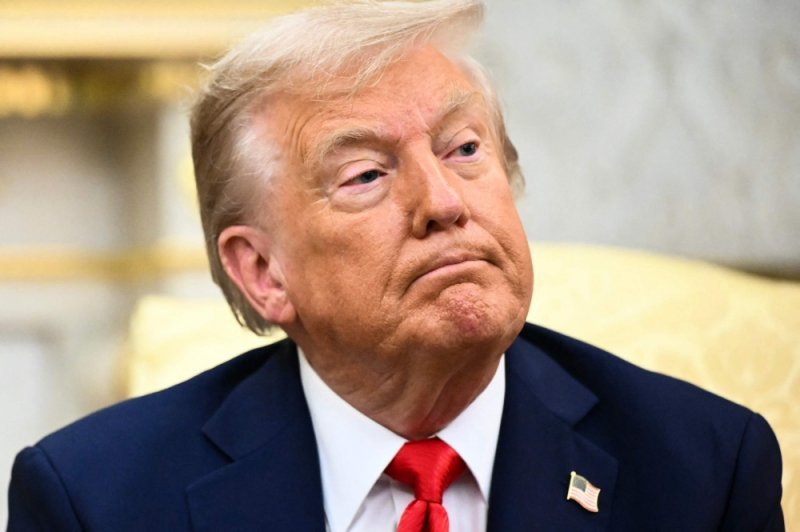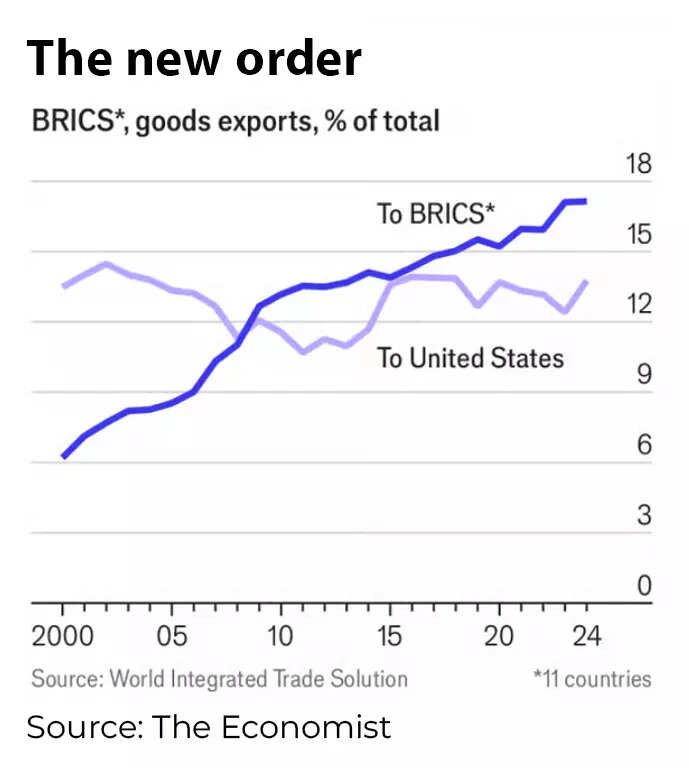That pressure is most acute for India. Until recently a key American partner, it has borne the brunt of Trump’s tariffs. He doubled duties on exports to 50% — due to go into effect on Aug. 27 — as punishment for its purchases of Russian oil.
Beijing, originally Washington’s primary target, is enjoying a temporary reprieve, but is stuck in a long-term strategic competition. And Russia, battered by sanctions and bogged down in Ukraine, is on the hunt for friends to blunt its isolation.
Moscow first dreamed up the idea of RIC, as it was dubbed, in the 1990s. Then-Prime Minister Yevgeny Primakov proposed the formation of the group to challenge the US’s global influence. The coalition looked formidable on paper — three nations with huge economies and populations. In practice, it’s always been undermined by mistrust, above all between rivals India and China.
Among the biggest sticking points is their long-running border dispute. They’ve been at loggerheads over an ill-defined 3,488 kilometer (2,170 mile) frontier in the Himalayan region. Those hostilities erupted into a war in 1962, and continue to simmer today. In 2020, the two clashed violently in Ladakh’s Galwan Valley, leaving soldiers dead on both sides in the bloodiest fighting in decades. Diplomatic ties froze, with New Delhi suspending tourist visas for Chinese nationals, and imposing restrictions on tech imports.

Live Events
Trump’s tariffs are nudging them closer. Last week, they agreed to explore demarcating their disputed border, a key move toward resolving the territorial dispute. Strains around visas have eased and China has expressed solidarity with India on exports. But the risk of future standoffs can’t be discounted. The fundamental contradictions in the dynamic are unlikely to disappear soon, Happymon Jacob, founder and director of the Council for Strategic and Defense Research, notes for the Hindustan Times. While serious violence may have been averted for now, a lasting rapprochement is unlikely. It’s hard for New Delhi to be fully confident of Beijing’s intentions, especially in light of its military assertiveness in areas like the South China Sea and Taiwan. China is also far too close to Pakistan for India’s comfort. Beijing has become Islamabad’s most important defense partner since the end of the Cold War. During a clash with India in May, Pakistan claimed Chinese-made J-10C jets were used to shoot down five Indian fighter jets during the conflict. New Delhi said the PRC also provided its rival with air defense and satellite support. This alignment deepens India’s security anxieties, and reinforces the sense that China can’t be trusted. Setting security aside, the economic logic doesn’t work in New Delhi’s favor. India depends on US technology, capital, and supply chains — which neither Russia nor China can replace. America is also the most important market for Indian goods, by a wide margin. In 2024, consumers bought $77.5 billion worth of Indian goods, according to a Bank of Baroda report. In comparison, Chinese and Russian purchases were only a fraction of that.
 Bloomberg
BloombergIn contrast, Moscow is much closer to Beijing. Since Western sanctions were imposed in 2014 after Russia’s annexation of Crimea, bilateral trade between the two has surged to record highs, surpassing $200 billion last year. Businesses are increasingly connected to the Chinese financial system through the use of the yuan, and services like UnionPay cards. For New Delhi, joining such a bloc would mean being the junior partner — hardly an appealing prospect.
That hasn’t stopped Moscow from trying to rejuvenate it. In May, Foreign Minister Sergei Lavrov said “the time has come for the revival” of the troika. Beijing has also backed the initiative, saying it could uphold peace, security, and stability in the world.
Resurrecting the bloc could pose a challenge to the US if it resulted in more coordinated action. But what binds these nations is necessity, not trust. The gathering in Tianjin will offer the opportunity for the optics of warmer ties, but it will be more symbolism than substance. This is an inherently fragile partnership, one that could unravel if American pressure diminishes.
Disclaimer: This article reflects the author’s personal opinion. The views expressed do not represent the stance of The Economic Times.







